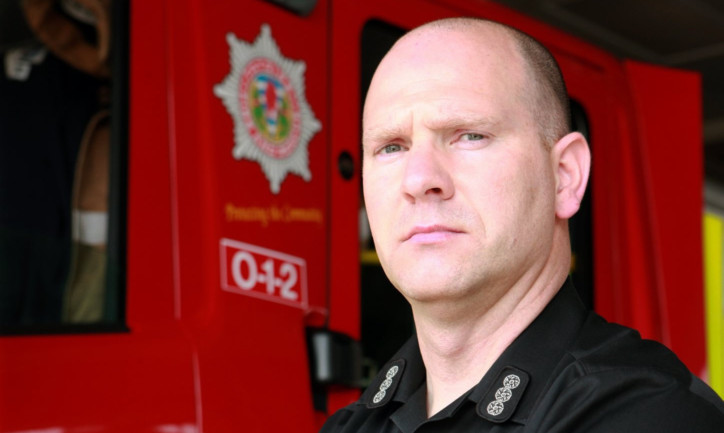Firefighters were called out more than a hundred times to a block of student flats in one year.
Between January last year and January this year the Scottish Fire and Rescue Service was forced to attend Heathfield Halls, Dundee University accommodation, on 124 occasions.
It means that, on average, firefighters were called out every three days to the living quarters.
Mark Crush, the Scottish Fire and Rescue Service’s local risk manager for Dundee West, said only “a handful” of the call-outs were due to genuine calls from the 426 students housed there.
He added that the nuisance calls could be putting other people’s lives at risk.
He said: “There are a number of student accommodations in Dundee that have regular false alarms but Heathfield Halls is definitely the worst.
“Most of the calls come between midnight and 4am and they are due to a number of reasons. The students will often be drunk and smash the glass on a fire alarm.
“Sometimes it can just be because they can’t get into a party, so they want to disturb the whole building. It also means our time is wasted.”
The fire service and both universities in Dundee have worked together to try to cut down on the number of false alarms, by providing information to students about what can set off the alerts.
Some systems can be triggered by steam or heat from hairdryers, straighteners, burnt cooking and even from leaving bathroom doors open after a shower.
Mark urged all students not to smash fire alarms unless there was a genuine reason to.
He said: “What they might not understand is that they’re putting people’s lives at risks.
“If they set off a false alarm at Heathfield, firefighters from Blackness Road go out and if a fire breaks out on Blackness Road five minutes later we have to get a team from Macalpine Road or the Kingsway instead and they take longer to get there.
“That extra time can be the difference between a life being saved and a life being lost.”
David Brand, operations manager for Sanctuary Students, which maintains Heathfield, said: “We continue to work with the Scottish Fire and Rescue Service and the university to tackle the problem of unwanted fire activations.
“The vast majority are accidental. An action plan is being prepared for the board of management meeting on May 29.”
The revelations about Heathfield Halls follow news that wilful fire-raising is on the up in Dundee.
There were 556 deliberate secondary fires, which includes the burning of rubbish and derelict property, in Dundee in the last 12 months an increase of almost 200 compared to the same period in 2012/2013.
Firefighters believe that children could be responsible for many of the fires, with significant rises in the number of deliberate secondary fires around school holidays, as well as bonfire night.
